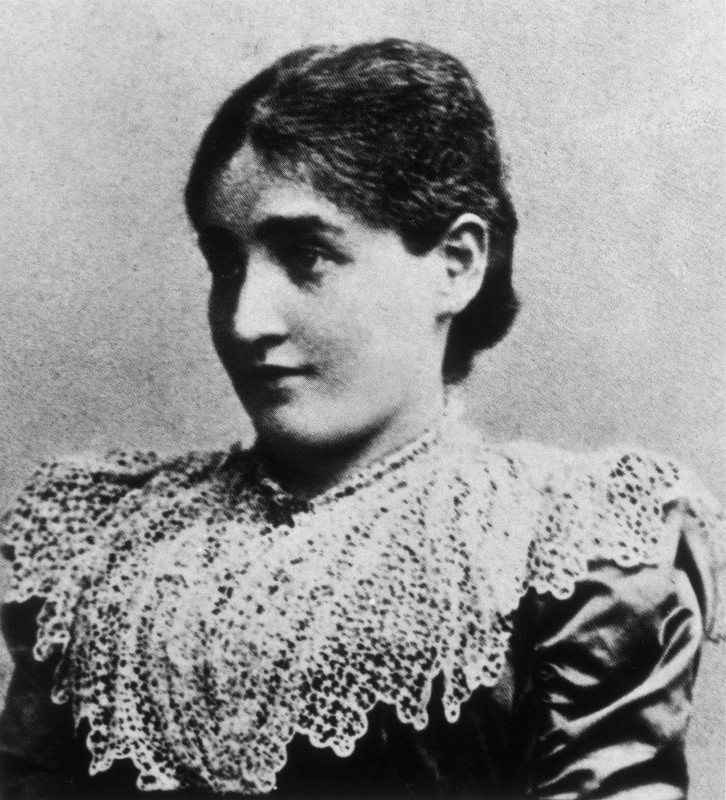Dissociative and Somatic Symptom Disorders

CHAPTER OUTLINE
Dissociative Disorders
Dissociative Disorders: An Overview
Dissociative Amnesia
Depersonalization-Derealization Disorder
Dissociative Identity Disorder
Treating Dissociative Disorders
Somatic Symptom Disorders
Somatic Symptom Disorders: An Overview
Somatic Symptom Disorder
Conversion Disorder
Illness Anxiety Disorder
Treating Somatic Symptom Disorders
Follow-up on Anna O.
Hysteria An emotional condition marked by extreme excitability and bodily symptoms for which there is no medical explanation.
Anna O., a well-to-do 21-year-old woman living in Austria in the late 19th century, had been caring for her ill father for weeks. Anna and her mother alternated shifts, Anna taking the night shift, staying awake by his bedside. Her father was dying of tuberculosis, and Anna also began to feel sick. Her symptoms included severe vision problems, headaches, a persistent cough, paralysis (in her neck, right arm, and both legs), lack of sensation in her elbows, and daily periods of a state of consciousness similar to sleep-walking. Anna was diagnosed with hysteria, an emotional condition marked by extreme excitability and bodily symptoms for which there is no medical explanation (hysteria is not a DSM-5 disorder).
For 2 years, Anna was treated by Dr. Joseph Breuer, a Viennese neurologist. Breuer became a colleague of Sigmund Freud and told Freud about Anna and her treatment, later described in Studies in Hysteria (Breuer & Freud, 1895/1955). Prior to Breuer’s treatment of Anna, hypnosis was often used to treat hysteria. The physician hypnotized the patient (usually a woman) and then gave her a suggestion that the symptoms would go away. However, for some unknown reason, Breuer did not give Anna any suggestions, although he did hypnotize her. Instead, he asked her about her symptoms, and over time she told him about them. Anna and Breuer often met daily for treatment, sometimes twice a day. Anna’s treatment usually involved Breuer’s hypnotizing her and then asking her to tell him what she remembered about the origins of her symptoms. At other times, after being hypnotized, she simply told him what was on her mind. Anna referred to this process as the “talking cure.” Freud was fascinated by Breuer’s account of Anna’s illness and her treatment; this “talking cure” was a precursor to psychoanalysis, and Freud’s thoughts about Breuer and Anna led to the beginnings of his psychoanalytic theory (Freeman, 1980; see also Chapter 1).
Dissociation The separation of mental processes—such as perception, memory, and self-awareness—that are normally integrated.
Anna was diagnosed with hysteria—a common diagnosis at the time, particularly for women—but this term is a vague label for a condition that includes a wide range of symptoms. In DSM-5, symptoms that were once considered signs of hysteria are now part of the diagnostic criteria for two categories of disorders: dissociative disorders and somatic symptom disorders. The central feature of dissociative disorders is dissociation, the separation of mental processes—such as perception, memory, and self-awareness—and behavior that are normally integrated (Spiegel et al., 2011). Generally, each individual mental process is not disturbed, but their normal integrated functioning is disturbed. (With schizophrenia, in contrast, it is the mental processes themselves, such as the form or pattern of thoughts, that are disturbed; see Chapter 12.) Somatic symptom and related disorders (which we will refer to in this book simply as somatic symptom disorders) are characterized by complaints about physical well-being along with cognitive distortions about those bodily symptoms and their meaning; the focus on these bodily symptoms causes significant distress or impaired functioning. In this chapter we explore dissociative and somatic symptom disorders—their diagnostic criteria, criticisms of those criteria, the causes of the disorders, and treatments for them.
